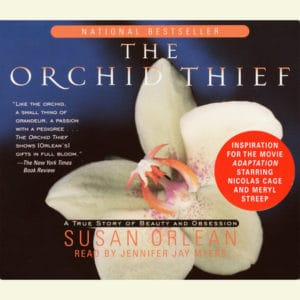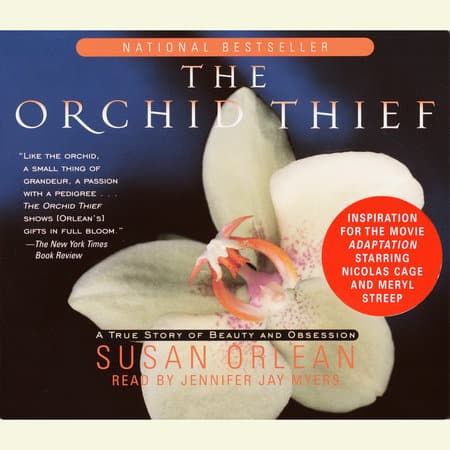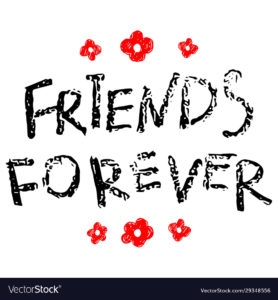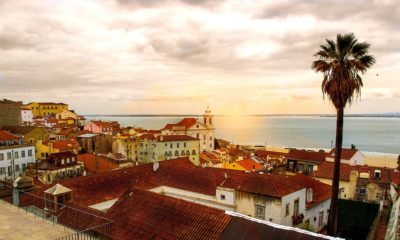 Seeing the ghost orchid was not on the Charlotte Canelli bucket list. I actually don’t have an official bucket list, although I’ve been known to mentally check things off a list-of-sorts. I am hard-pressed to adopt any I-must-do-this-before-I-die obsessions. Spending a night in a Russian monastery was a happy consequence of a purposeful trip to the Soviet Union. Sipping mead in an Irish castle, viewing fields of Texas bluebonnets in the spring, and observing a Santeria ceremony in Cuba were the rewards of other whimsical adventures. My life has been a chaotic mixture of loss, love, joy, and pain, and I’ve happened upon many serendipitous experiences along the way.
Seeing the ghost orchid was not on the Charlotte Canelli bucket list. I actually don’t have an official bucket list, although I’ve been known to mentally check things off a list-of-sorts. I am hard-pressed to adopt any I-must-do-this-before-I-die obsessions. Spending a night in a Russian monastery was a happy consequence of a purposeful trip to the Soviet Union. Sipping mead in an Irish castle, viewing fields of Texas bluebonnets in the spring, and observing a Santeria ceremony in Cuba were the rewards of other whimsical adventures. My life has been a chaotic mixture of loss, love, joy, and pain, and I’ve happened upon many serendipitous experiences along the way.
How I came to trod over a mile into southwestern Florida’s Corkscrew Swamp to view the elusive super-ghost orchid is no mystery to me. I simply awoke one sunny and hot July morning in Fort Myers, Florida, and placed it on top of my must-do-today list.
The ghost orchid (or Dendrophylax lindenii in horticultural parlance) is one of the rarest flowers in the world. It is an epiphyte – a plant that grows on air. The ghost orchid and other epiphytes are not parasites, but like bromeliads, mosses, etc., they derive their nutrients from the water, air, and the detritus of their host plants. Ghost orchids are native to the Everglades of Florida and Cuba, in the moist and warm environments that make their lives possible.
The ghost orchid flowers in an 85-day blooming phase, mainly between June and August. The ghost orchid got its name because it is a master at camouflage – it is challenging to make out from its background – the trunk of a tree. Its thin, pale-white petals and curling tendrils form what looks like the hind legs of a frog, and it is also called the white frog orchid.
When Charles Darwin became fascinated by orchids later in his life, he suggested that a particular pollinator would be found for each specific orchid. In Chasing Ghosts in the Everglades (Forbes Magazine, July 19, 2019), the story is told of a team of three photographers who braved Florida swamps filled with alligators, panthers, snakes and bears. Armed with high-powered cameras, they were on a mission to photograph, at last, the ghost orchid’s mysterious pollinator. A beautiful fifteen-minute bioGraphic film can be viewed embedded in the Forbes article, or directly on YouTube.
What this intrepid threesome of researching photographers (Peter Houlihan, Max Stone, and Carlton Ward, Jr.) found just this summer is astounding. Just as Darwin had predicted, a specific moth, the fig sphinx moth, is the fantastic insect with a proboscis long enough to pollinate the ghost orchid. Its proboscis is also short enough so that the moth withdraws with pollen on its face.
Audubon’s Corkscrew Swamp Sanctuary lies just east of Naples and south of Fort Myers, Florida. It is found off the roads east of the high-rise condominiums and beaches of the Gulf, north of the Everglades, and just west of orange groves and sugar cane fields. The 13,000 acres of Corkscrew Swamp, a beautiful preserve of inland watershed and Bald cypress forest that was saved by the efforts of ecologists, primarily the National Audubon Society, in the mid-1900s. Corkscrew Swamp (named for the winding Corkscrew River) is home to wide varieties of wildlife and flora. Its most-famous flower is the super-ghost orchid found about one mile into the swamp. A ghost orchid with a plethora of blooms is called a super ghost. While it usually blooms in the summer months, it has been seen blooming as early as March and as late as December.
On the Saturday of my ghost orchid hunt, the temperature between 8 and 10 am rose from a bearable 75 degrees to the muggy mid-80s. Steam rose from the slick puddles on the wooden boardwalk; it rains nearly every summer evening in southwest Florida. My friend and I, warned about the mosquitoes and bugs of the swamp at dawn and dusk, were outfitted in long-sleeved shirts and long cotton pants. We packed socks, hats, and Off spray, planning to grab them all at the first sign of pesky bugs. Our overkill clothing and my poor choice of footwear (sandals) became apparent when I slipped and slid along the slimy boards. Happily, no mosquitoes could be found, but I began to doubt my passion for the ghost orchid. Yet, we braved deep into the swamp.
We were warned in the visitors’ center that the camera scope, trained on the ghost orchid and live on the website, was not operating that morning. Neither was the cash register so that we could rent a pair of binoculars. A lightning strike the night before wiped out the visitors’ center Internet and any capabilities to record the flower. One mile in, we arrived at the famous plant. We were surprised and disappointed to see that the orchid was hanging high up in a tree, and yards away from the boardwalk. Several obsessive naturalists (armed with high-powered cameras and binoculars) were not only aloof, but they were stingy, keeping their equipment to themselves.
Steadfast and hopeful, I trained my iPhone camera on a white mass against the dark Bald cypress and snapped a photo. Hot, sweaty and getting cranky, we turned around and tromped the mile back to the center, the rental car, air conditioning, and our picnic breakfast.
My coveted photo of the ghost orchid is blurry and vague. It is undoubtedly the ghost, but the arching tendrils and pale-white beauty are better seen in photographs available everywhere but in my camera.
In January 1995, an article by writer Susan Orlean was published in The New Yorker magazine. Orchid Fever chronicling the life and antics of orchid-hunter, John Laroche. In her follow-up book, The Orchid Thief: a True Story of Beauty and Obsession (1998), Orlean expands the story of Laroche. At worst, he is a scallywag thief. At best, he is a self-taught horticulturalist. More importantly, though, Orlean’s book is a thorough investigation of the history and business of orchids.
It should be noted that Adaptation is the film starring Nicholas Cage and Meryl Streep that is loosely based on Susan Orlean’s book. It was released in 2002 and is a fanciful and surreal take on the Orlean’s story. In this case, the book is far better than the film. Another book, published in 2004, and titled Orchid Fever by Richard Hansen, similarly chronicles the obsession with orchids. Many reviews suggest reading Orlean’s book instead.
I will never forget my own encounter with the ghost orchid – a momentary fascination that brought me into the swamp one hot morning this past July. Audubon’s Corkscrew Swamp is pure delight. The boardwalk is the longest in the world at two and one-quarter miles long. The Bald cypress forest is hundreds of years old. The pristine wilderness is serene, yet full of life. Birds like the diving Anhinga and Black-bellied Whistling Duck live in an environment rich in prey. Alligators play hide-and-seek under the waters of the swamp and bromeliads, and a surplus of mosses hang from the trees. More adventures await me in Corkscrew Swamp.
Charlotte Canelli is the Director of the Morrill Memorial Library in Norwood, MA. Look for her article in the August 15, 2019 issue of the Transcript and Bulletin.




